UPDATED REVIEW – November 7, 2014 – Kurzweil MP10 – Not Recommended – I have been playing Kurzweil pianos and keyboards ever since the introduction of their famous K250 digital piano in 1984, which had the first Steinway piano sample (incredible sound at the time in a real musical instrument), and I still really enjoy the Kurzweil piano sound to this day. The Kurzweil digital piano sound technology has always been advanced over some other brands throughout the years and they still put out some great instrument sounds, although other brands have caught up to and surpassed them in many areas. In fact I still use one of the Kurzweil midi sound modules to add a variety of instruments to other digital pianos in my studio.
Kurzweil digital piano technology was created and introduced many years ago by the the well known American inventor Ray Kurzweil (pictured left in his younger years – the pianos are named after him). The Kurzweil company is now owned by the South Korean company, Hyundai. Kurzweil piano’s big claim to fame in the beginning days of that company was the fact that Ray was able to reproduce the sound of the grand piano, concert strings, and concert choir in a much more realistic way than was done before in consumer digital keyboard instruments back in the ’80’s & ’90’s. The Kurzweil sounds have been used extensively in movie & TV music production and are used by popular bands and musicians around the world. In fact, when you hear grand pianos, full concert string symphonies and choir/voice sounds in various movies & shows, it’s likely that they used a Kurzweil piano among other things.
One of the reasons Ray Kurzweil created his new digital piano technology was at the request of Stevie Wonder many years ago. Stevie wanted a digital instrument that had the highest quality piano sound possible based on technology in those days, along with a a more realistic piano touch and a few other high quality instrument tones. Stevie already had an association with Ray Kurzweil because Ray invented and produced the acclaimed “reading machine” for the blind, which Stevie Wonder was using. Ray Kurzweil is known in music and scientific circles around the world and in fact, Ray even predicted the rise of the Internet back in 1988 before it was here.
The Kurzweil company has been bought and sold a number of times in the past couple of decades and as I mentioned earlier, is now owned by Hyundai although Kurzweil operates independently of them. The people at Kurzweil are very nice and quite taleneted musicians themselves. Approximately 3 years ago, Kurzweil came out with a lower priced home furniture cabinet digital piano called the MP10 and at that time I did a review of this model. It is still available at an internet discount price of $1499 in a satin rosewood (pictured left) and $1799 in a high polished black ebony (below left). Yamaha, Roland, Casio, Kawai, and Korg also make some lower priced digital pianos at around $2000 or less and I have reviewed some of those pianos on my blog and overall they are very nice too, especially the Kawai CE220. Kurzweil uses proprietary digital sound technology derived from their PC3 professional portable piano keyboard played by musicians around the world. Some of this same digital piano and instrument sound technology has been put into the Kurzweil MP10, and based on my experience with the Kurzweil pro keyboards, which I have played for many years, the instrument sounds are more authentic than many other digital pianos in this price range. Creating a realistic piano tone in a digital piano is very difficult to do because the acoustic piano sound is so complex and requires a great deal of computer memory in the piano as well as the latest sampling technology. The MP10 has a pretty good piano sound but it is lacking in some aspects, and there are better digital pianos out there for piano sounds in my opinion for around the same money, including Yamaha & Kawai.
However, the bottom line is that a person has to be in a position to recognize that difference in tone quality and authenticity between different brands and models and some people can and some cannot. Many of the other instrument sounds on the MP10 are outstanding such as electric pianos, strings, choirs, synthesizers, etc, and I really like some of them more than other digital pianos in their price range. However, the all important key action movement and piano sound response from the keys is disappointment to me and these things need some definite improvement.
 |
| pic used for illustration |
With regard to the key action movement, the initial touch on the keys when you press them down lightly is rather stiff and physically resistant to a lighter finger touch. This can create bad playing playing habits when trying to play legato or softly or if you are at the beginner skill level. If you are at a higher skill level then you will notice this deficiency especially when you compare it to what a real acoustic piano action feels like. The key action is not as it should be compared with the other more popular brands including Roland, Kawai, Yamaha, and Casio. The keys are also somewhat noisy as well as plasticky feeling when they are going up and down. Although key action and touch is one of those subjective things based on a person’s expectations & experience, it is the most essential part of any digital piano and can be compared to a transmission on a vehicle; if it doesn’t run and operate smoothly then you probably won’t like it much. I personally do not enjoy the key action on this model and as I said, any of the other brands in this price range would be better.
I have found that some people enjoy a lighter touch, some a medium touch, and some a firmer touch, and in fact many acoustic grand pianos differ in this way and even some pro players disagree with each other as to what is a “proper” piano key action. But one of the definite weak points in this piano by far is the key action, especially for beginners or students, but also for players like me too. Kurzweil is not the only brand with some key action issues, so this situation is not exclusive to this brand but on this particular model Kurzweil is using what I call a “cheap Chinese designed and produced key action. Kurzweil does not make this key action themselves but has another company do it in Asia. The MP10 is the only home cabinet piano in the Kurzweil piano line that has this key action and the other Kurzweil models have different and generally better key action movements, but those models cost more money.
The Kurzweil MP10 has a wide selection of quality instrument tones (88 instrument sounds) which is more than most pianos in this price range and they include Fender Rhodes (and other popular electric pianos sounds), Hammond B3 organ tones, bells, synths, string symphonies, etc, along with 78 realistic drum rhythm patterns to add some fun in the mix (which helps with timing and tempo education), split and layer functions with relative volume control, 1-track 9-song digital recorder which is good, MIDI & USB connectivity, audio ins & outs, and a built-in 4 speaker 30-watt sound system all housed in an attractive looking cabinet. The MP10 also has an fairly easy to understand user interface with buttons on the left side panel (pictured above left), although I always prefer buttons to be in front of the player across the piano. However, you can access each of the 88 instrument sounds by selecting a function button on the left side and touching a keyboard key under the name of the sound written on a display strip above the keys. So getting to the 88 instrument sounds is actually pretty easy.
| Kurzweil MP10 brown rosewood |
Overall this is a nice piano in many ways and looks attractive, but it could use some very big improvement in key action as I already mentioned. I talked about the word “polyphony” earlier and that translates to piano note memory. Most new pianos these days are using a minimum of approx 128-note polyphony which is very good, however this model has only 64-note memory which is fairly low, especially on a name brand digital pianos. Although the 64-note polyphony memory may be fine for a single piano tone and some instrument sounds and layers of two tones, it is not enough polyphony memory when combining with some of the more complex higher quality instrument sounds on this instrument because some of the notes start dropping out when playing more notes and using damper pedal and will not continue to sustain due to low polyphony memory. Overall the polyphony wouldn’t be an issue at all if the key action was good.
| Kurzweil MP20 polished ebony |
Kurzweil has a two upgraded versions of the MP10 called the MP15 and MP20 as I mentioned earlier (left pic). I have played both of these models and they’re somewhat improved over the MP10 although they are significantly more money at $2499 and $2999 respectively for the basic rosewood finish. Unfortunately the upgraded models still have noisy, plasticky key actions relative to other brands in their price range, but the piano tone is fairly good. The other instrument tones, however, are very good and a real joy to play. These new models do have better internal speaker systems than the MP10, more user friendly control panel layout, upgraded cabinet, and more useable functions. But when compared to many of the new pianos from Yamaha, Roland, Casio, and Kawai, they are quite overpriced in my opinion and the key actions in the Kurzweil’s are not nearly as good.
| Kurzweil MP10 Polished Ebony |
There are people who are looking for a good high polished ebony digital piano in a nicely designed furniture cabinet for under $2000 so the MP10 definitely does deliver on that point at a lower price than the other brands. However, when it comes to best bang for the buck for piano playing realism, there really are other pianos that do a noticeably better job of that in this price range even though they may not offer their models in a polished ebony finish. With regard to a new lower priced digital piano that offers the biggest bang for the buck in my opinion, you should take a look at the Casio PX780, PX850, Kawai KDP90, Kawai CN24, Kawai CE220, and Yamaha YDP162. They are all very nice digital pianos and outperform the Kurzweil pianos in many ways especially with key action and piano sound based on my experience with them. Go to the following link to take a look at my review of the Kawai CE220: Kawai CE220 piano review
The bottom line is, I am sorry to say that I do not recommend the Kurzweil MP10 at this time because it has (in my opinion) a low quality, stiff & unrealistic key action which does not play easily and smoothly and does not feel like a real acoustic upright or grand piano key action. The key action is also noisy and clunky. But at the end of the day, any buying decision is obviously up to you and if you can be happy with this model then you should buy it. But I would personally not recommend it to my students or people I know because key action is the #1 most important thing to me when it comes to evaluating pianos and the MP10 does not pass the test and I have played this model many times. If you are seriously considering this model I would highly recommend you play it before you buy and you will likely see and hear what I have reported on this piano. This MP10 piano is already more than 3 years old as a model, and I suspect there will be an a new model upgrade soon and hopefully this upgrade will take care of the issues I mentioned here and Kurzweil will install a new and improved key action. The MP10 cabinets do look attractive in their price range and that can be a big plus for some people, and this model has very good connectivity, easy to use interface controls & useful features, and some excellent instrument sounds. But “looks” should not be the main reason why anyone should buy anything in my opinion. I always recommend that people “never judge a book by its cover” and this is true for digital pianos too…so be careful before you make that buying decision on any brand or model of digital piano out there.
If you want more piano info and LOWER PRICES than internet or store discounts, please email me at tim@azpianowholesale.com or call direct at 602-571-1864.
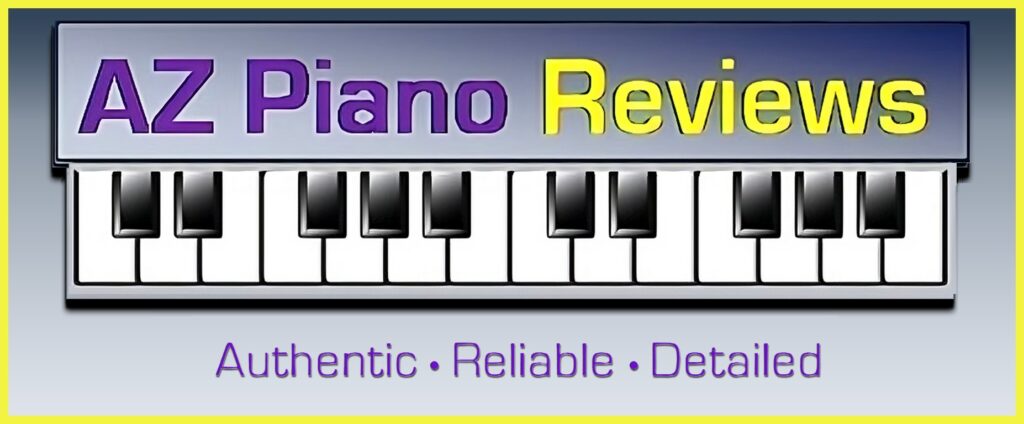



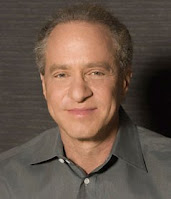


.jpg)




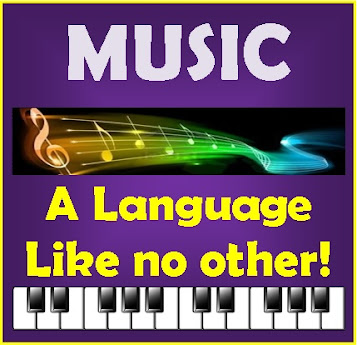

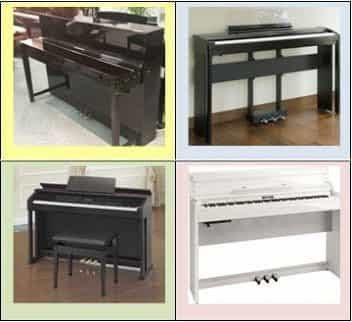
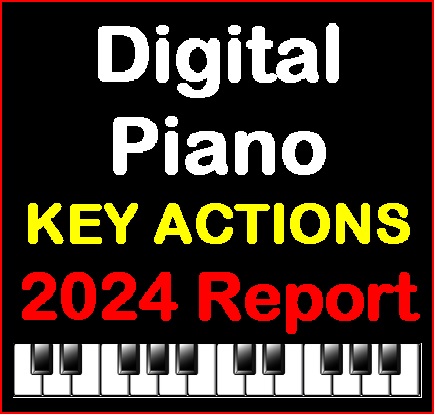

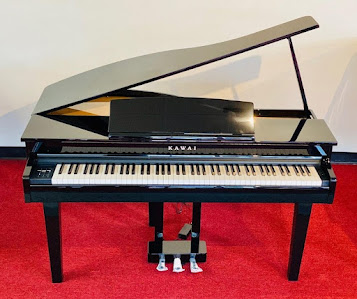
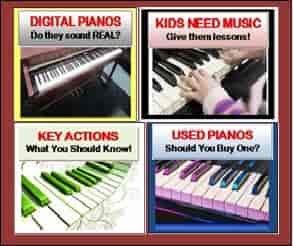
I agree Tim. After trying out Kurzweil's latest digital piano, SP5-8, I found the 64-note polyphony somewhat self-defeating on some of its more exotic multi-layered sounds.
Having said that, the new keyboard action is good, adjustable and well suited to a variety of playing styles.
Overall, the piano, string and organ samples are still first class but Kurzweil's failure to offer 128-note polyphony boggles the mind. I'd rather have that than hundreds of sounds I'll likely never use.
Tim, What you think about Kurzweil MPS-20?
I own a MP-10 and I don't have any problem with the key action, largely because I was brought up on a very old (but good) piano that had similar action. My only complaint is the the grand treble sounds a bit muted.
Tim, I think your review of the MP 10 is spot on. Good sounds but there is a stiffness to the action that I just don't like. I have had this problem with Kurzweil for a long time now. Since the SP2x, I feel they have done a great job with sounds but the action on the board is not up to par. After playing a three hour show, my hands begin to feel tired and it is usually only on their boards, never on Yamaha's.
Well, I think that depends on player to player. Like every driver have tastes of different cars, rite!!!
MP 10m, definitely in its series may not be that appealing, but for some people of those range is an option. Well, its better to have something to practice than none.
Yeah?
Hi Tim,
I support this review 100 percent! I purchased a Kurzweil MP-10 in January 2013 for our church. I've had a year to play with it and I am very disappointed with the quality of this product. First and biggest issue is the key action. It does not play like any acoustic piano or keyboard I've ever played. Stiff key action makes it VERY difficult to play soft music, especially on the black keys. Second issue; and it is also a big one…quality control. In the last 12 months I've had multiple issues with the piano itself. First it started with the sound cutting to half volume randomly. I was able to track that problem down to loose cables in the cabinet. Now the piano either keeps randomly rebooting itself or the sound cuts out and a terribly loud static starts coming through the speakers. I've yet to determine what is causing that problem. Possibly the power supply is overheating? Lastly, going back to the quality of the keys, I recently had a key break. Of all keys it had to be middle C. I think a spring came loose inside and probably easily fixable but still, this should not happen and has never happened to me with any other keyboard I've owned.
At the end of the day, I regret ever purchasing the MP-10 and as much as I like the sound of Kurzweil, I will never buy another Kurzweil piano again. Next time I will likely purchase a Kawai piano.
Ryan Stroup
stroup85@gmail.com
I totally disagree with these comments. I have owned this piano for a year and find it to be easy to play. I have not experience any issues with the piano. And sound quality on this piano is second to none.
Not a big thing, but Kurzweil is now owned by Young Chang, a Korean music company.
Hyundai is a completely different one- usually involved with motors 🙂
As far as I know, technically speaking, Kurzweil is a subsidiary of (controlled by) Young Chang, but both companies were purchased some years ago by Hyundai.